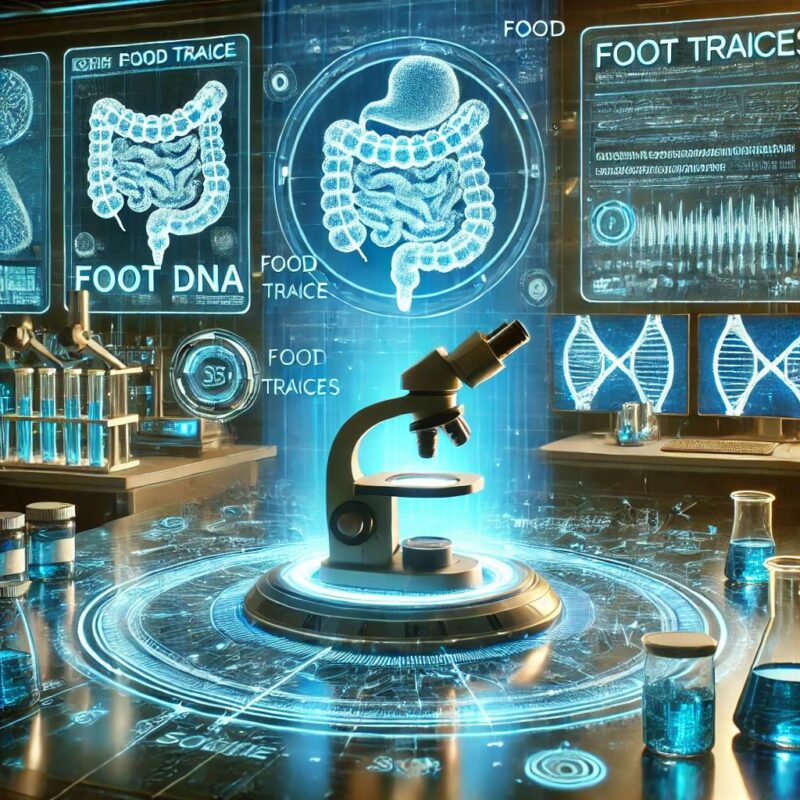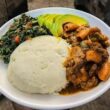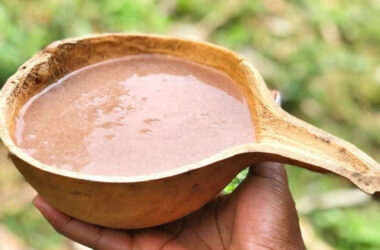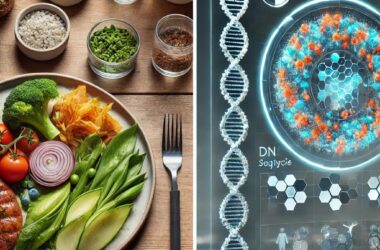Understanding what we eat has always been a challenge, relying heavily on food diaries and recall methods that are often inaccurate. Now, scientists have decoded diet from stool DNA, unlocking a revolutionary way to track nutrition with genetic precision. This breakthrough could transform health, nutrition, and disease prevention by offering a more objective and data-driven approach to dietary analysis.
The Science Behind Stool DNA Analysis
What is Stool DNA?
Stool contains genetic material not just from the human body but also from the foods we consume and the gut microbiome. By extracting and sequencing these DNA fragments, scientists can reconstruct a detailed picture of a person’s diet.
How is Stool DNA Extracted and Analyzed?
- Sample Collection – A stool sample is collected in a sterile environment.
- DNA Extraction – Advanced laboratory techniques isolate food-derived DNA from the sample.
- Sequencing & Analysis – High-throughput sequencing technologies identify genetic markers linked to different food sources.
Role of the Gut Microbiome
The gut microbiome plays a critical role in breaking down food, and remnants of this process can be identified in stool samples. The combination of host DNA, dietary traces, and microbial genes provides a highly accurate snapshot of dietary habits.
How Stool DNA Reveals Dietary Habits
Identifying Food Sources Through DNA
Using advanced bioinformatics, scientists can match DNA fragments to known genetic sequences of foods, distinguishing between: ✅ Plant-based foods (vegetables, grains, fruits)
✅ Animal proteins (meat, dairy, fish)
✅ Microbial components (probiotics, fermented foods)
Accuracy & Limitations
While stool DNA analysis offers more precision than self-reported diets, it has some limitations: Highly accurate for plant and animal DNA
⚠️ Processed foods may be harder to detect
Some foods degrade faster during digestion
Implications for Health and Nutrition
How Can This Research Improve Dietary Recommendations?
With unbiased dietary data, nutritionists and health professionals can: Tailor personalized diet plans
Improve gut health treatments
Develop better obesity and diabetes interventions
Connection to Chronic Diseases
Stool DNA analysis helps detect patterns linked to conditions such as: ✅ Obesity & Metabolism Disorders – Identifying dietary habits that contribute to weight gain.
✅ Diabetes & Heart Disease – Understanding how diet affects long-term health.
✅ Digestive Disorders – Detecting food intolerances and microbiome imbalances.
Comparing Stool DNA Analysis to Traditional Dietary Tracking
Food Diaries vs. Stool DNA: Which is More Accurate?
Traditional food tracking methods rely on human memory, often leading to underreporting or bias. Stool DNA provides: ✅ Objective data with no self-reporting errors
✅ Detailed analysis of actual food intake
✅ Insights into gut microbiome interactions
Future of Routine Health Assessments
In the future, stool DNA testing could be a standard tool in healthcare, providing: More precise diet tracking for weight management
Better nutritional interventions for chronic conditions
Routine gut health monitoring
Potential Challenges and Ethical Concerns
Data Privacy Issues
As with any genetic analysis, data security is a major concern. Who owns stool DNA data, and how will it be used?
Accessibility & Cost
Currently, stool DNA sequencing is expensive and limited to research settings. Making it affordable for consumers is a challenge.
Ethical Considerations in Large-Scale Monitoring
Large-scale dietary monitoring using stool DNA could raise ethical issues, particularly regarding informed consent and data misuse.
FAQs: Stool DNA and Dietary Analysis
1. Can Stool DNA Really Reveal What We Eat?
Yes! Stool contains genetic traces of everything we consume, allowing scientists to reconstruct our diet with high accuracy.
2. How Accurate is Diet Analysis Through DNA?
✅ Over 90% accuracy for plant- and animal-based foods.
✅ Detects even trace amounts of food consumed days prior.
Limitation: Some processed foods may not retain enough DNA for detection.
3. Is This Technology Available for Personal Use?
Currently, stool DNA analysis is mostly used in research, but at-home kits could soon provide: Personalized nutrition plans
Gut microbiome health tracking
Dietary optimization for wellness

Conclusion
The ability to decode diet from stool DNA represents a game-changer in health and nutrition. By providing an objective, science-backed method to track food intake, this technology could revolutionize the way we approach dietary recommendations, gut health, and chronic disease prevention.
More Accurate Than Food Diaries
Potential for Personalized Nutrition
Exciting Future for Healthcare Integration
Stay Updated on Gut Health & Scientific Advances! As research evolves, stool DNA analysis may become a standard tool in healthcare, fitness, and personalized nutrition. Would you consider using a stool DNA test for tracking your diet? Let us know in the comments!










